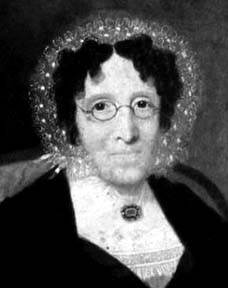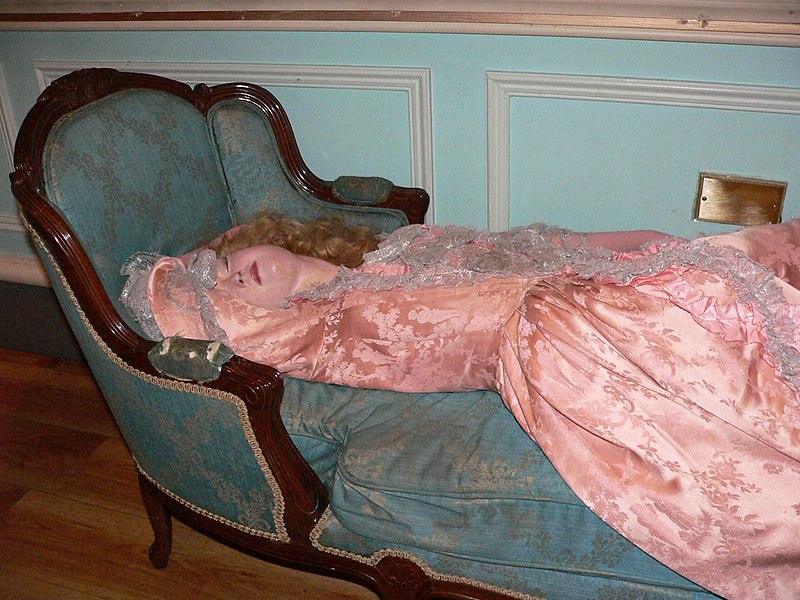
When you hear the name Madame Tussaud, it conjures up all kinds of weird and unsettling thoughts, of Vincent Price and The House of Wax, the chamber of horrors, or dark, scary nights in a closed museum, etc etc.
Her story is interesting, not gruesome, but a bit strange as it involves our fascination with the macabre, death, preserving moments in time. People always imagine wax figures or mannequins coming to life after midnight.
Marie Tussaud was born in Strasbourg, France, in 1761. Her father died in the Seven Year's War. She was just two months old, and so her mother took her to Bern in Switzerland where she worked as a housekeeper for a Doctor named Curtius, a physician and wax sculptor. Marie would call Curtius her uncle, and watch him sculpt figures to illustrate anatomy. Later he started doing some portraits.
Curtius moved to Paris in 1765 to display his "cabinet de portraits en cire" (wax portraits). In 1782, he exhibited a second collection, the Caverne des Grand Voleurs", a precursor to the Chamber of Horrors. He sculpted Louis XV's mistress Madame du Barry, then placed her on an apparatus that allowed the sculpture's body to rise and fall as if breathing in her sleep. It was known as the "Sleeping Beauty". The exhibit was very well received!

Marie eventually worked for Curtius as an artist, and by 1777 she created her own first work, Voltaire. From 1780 to 1789, she did many of her most famous portraits, including Ben Franklin, and members of the French Royal family. She said the royals liked her so much, that she was asked to live with them at Versailles?!?! Hmmm!
In 1802, Tussaud moved to London, eventually to Baker Street (of Sherlock Holmes' fame). BTW, Baker Street is named after builder William Baker, who laid out the street in the 18th Century. Tussaud went to London on an invitation from Paul Philidor, phantasmagoria artist (a form of theatre which used a "magic" lantern to project frightening images like ghosts or skeletons onto a wall using rear-projection) to exhibit her work along side his at the famous Lyceum Theatre.
By 1837 she had her own wax museum, featuring victims of the French Revolution, as well as criminals and murderers of the times. Some of her original works are still on display in London's Madame Tussaud museum, including death masks, and Sleeping Beauty! I guess you can last a long time on a good night's sleep!
No comments:
Post a Comment